Preserving history
Shuvaloff Mansion
We welcome you, dear guest, to our lovely mansion.
In 1834 the historian Bashutsky called the street where it is located the kingdom of the best society: statesmen, titled aristocrats, merchants, writers, scientists and artists lived on Mokhovaya Street. Meetings, receptions, balls and dinner parties were held here. We would not be wrong to say that the rich history of our country was written within these walls. And the house is remarkable not only for its magnificent interiors, but also for the virtues of its former owners. Let me introduce you to them.
Shuvalovs
25.11.1741 in St. Petersburg was another palace coup d’état, as a result of which the daughter of Peter the Great — Elizabeth Petrovna ascended the throne. Representatives of the ancient Shuvalov family played a key role in the change of power, getting into the elected circle of the highest aristocracy.
In 1746, the Cesarevna granted brothers Alexander and Peter the count’s dignity and coat of arms with three unicorns. These mythical creatures are the main heraldic symbol of the Shuvalov family. It represents prudence, purity, caution, strictness and purity. The griffin standing on the right has the meaning of guardian, and the inscription at the bottom «For fidelity and jealousy» — the motto of the Count’s family. Jealousy in this case means «zeal», «zealous service».
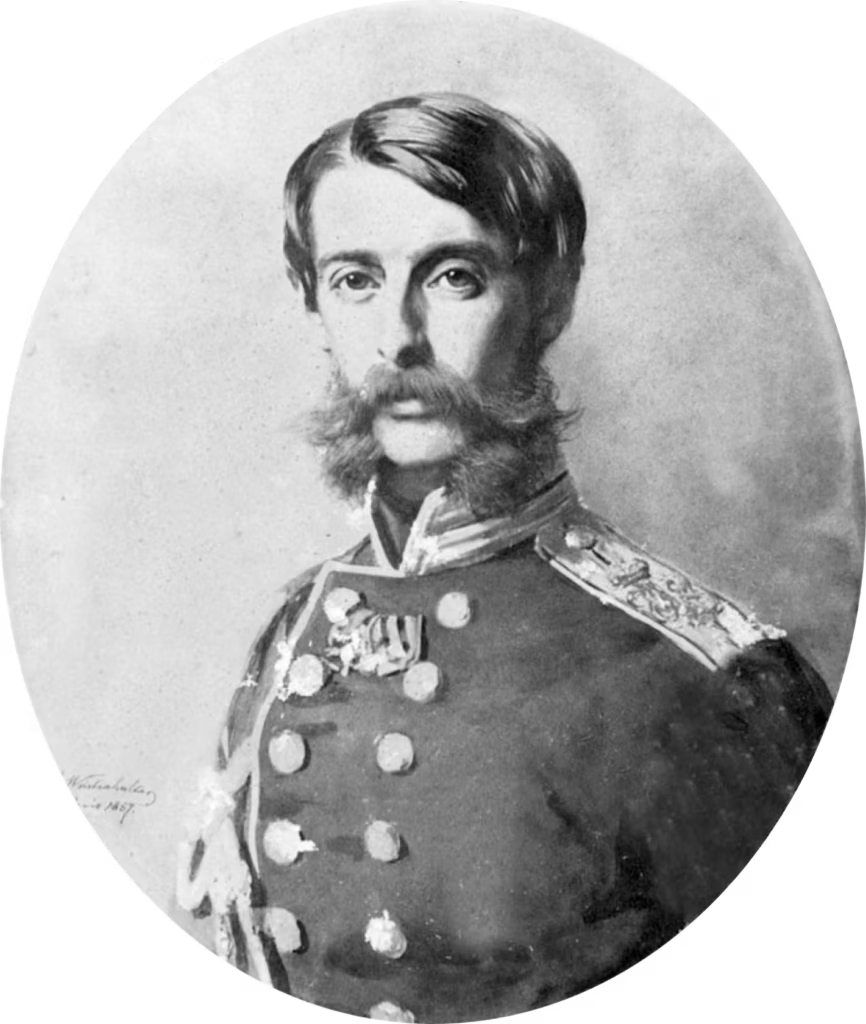
Count
Andrei Pavlovich Shuvalov
Graff Andrei Pavlovich Shuvalov (1817-1876) was the leader of the nobility of St. Petersburg province, chairman of the provincial zemstvo assembly, a writer from the Shuvalov family, major general (1865) and actual state councilor (1873).
At the age of seven, he lost his father, and to the new passport of his mother, Prince di Butera di Radali, sympathy did not feel. Emperor Nicholas I appointed Andrew and his brother Peter official guardian — Mikhail Speransky, a famous Russian reformer and a close friend of the late father of the boys. Speransky took the new status seriously: personally selecting teachers, he made sure that the brothers received a quality education.
In 1835, the count entered the army and went to the Caucasus, where he served in the same regiment with Lermontov. Between the young men was born a strong long-term friendship: contemporaries claim that it was Andrew who inspired the writer to create Pechorin, the main character of the novel «Hero of Our Time».
Andrei Shuvalov served for quite a long time. Participating in military expeditions, once he received a wound in the chest and earned the George Cross. He retired only in 1865. On his return to St. Petersburg, the count was elected leader of the nobility, which is not surprising: Shuvalov was an able orator, sincerely wished the country prosperity and supported its spiritual growth.
In 1876 Andrei Shuvalov made a speech in the City Duma in which he said: «My only goal was the public good». With these words he summarized his life and died suddenly on the same day. The count spent his last years in this mansion.

Elizaveta Andreyevna Vorontsova-Dashkova
Countess Elizaveta Andreyevna Vorontsova-Dashkova (née Countess Shuvalova; 1845-1924) was a maid of honor at the Russian court, later a lady of state, and a cavalier of the Order of St. Catherine.
The daughter of Count Shuvalov, to whom the house soon passed, inherited the strength of spirit and nobility of her father. She delved into economic and social problems, engaged in charity and even helped her husband to solve military issues.
Elizabeth spent most of her life happily. With her husband, Count Illarion Ivanovich Vorontsov-Dashkov, she was very close. Affectionately calling his wife «Lily», the influential tsarredvorets even refused to serve when she was ill.
Having united in their hands possessions Vorontsovs, Shuvalovs and Vorontsov-Dashkovs, Elizabeth Andreevna and her husband became the largest landowners.
They owned 21 estates with the area of over 160 thousand hectares of land, several oil mills and factories, a factory and several profitable houses, 10 oil-bearing plots on the Apsheron Peninsula.
Elizaveta Andreyevna and Illarion Ivanovich were close friends of the imperial family. The next generations of the family retained warm relations with her: the Vorontsov-Dashkov children were in the inner circle of Nicholas II.
Elizabeth Andreevna’s actions fully reflected the motto of the Count Shuvalov family. During the panic in Tiflis, which occurred in December 1914 due to the failure of the Russian army at Sarykamysh, she was offered to evacuate, to which the Countess replied: «Only cowards run away. Instead of organizing the defense of their native land, their native city, part of the population shamefully run away, sparing no expense. I will not leave.» To the last, this strong and proud woman remained loyal to her family and the state. Her husband died in old age, and Elizaveta Andreevna experienced the loss severely. In April 1919 she left Russia and in 1924 she died in Germany. The descendants of the Vorontsov-Dashkovs still live in France and the USA.
Now you know the main tenants, it’s time to get to know the mansion itself. Or rather, its complicated fate....
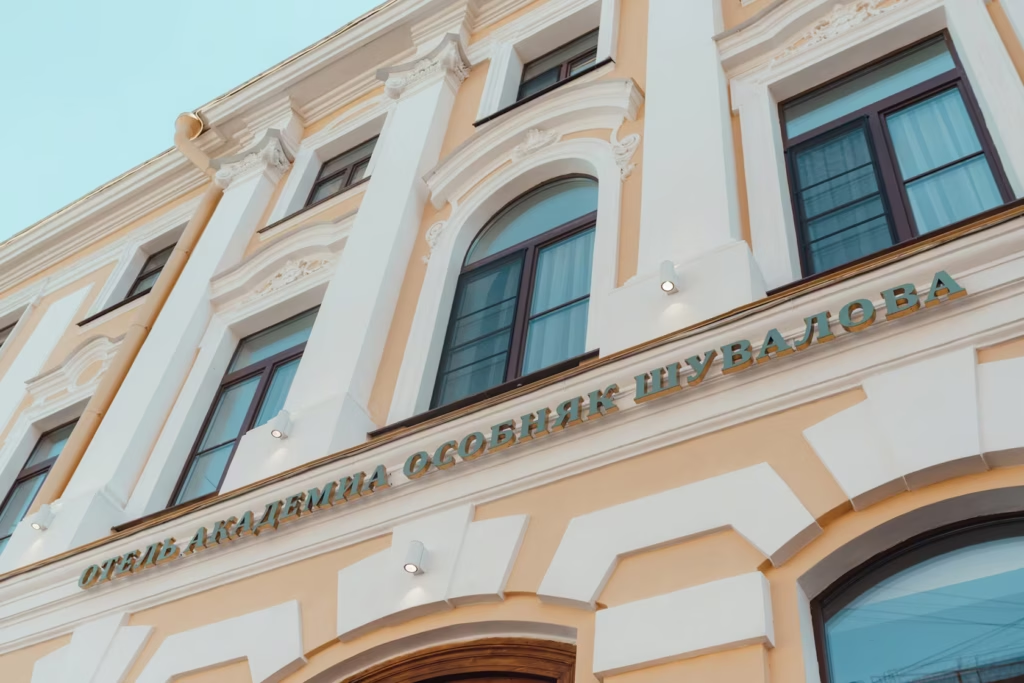
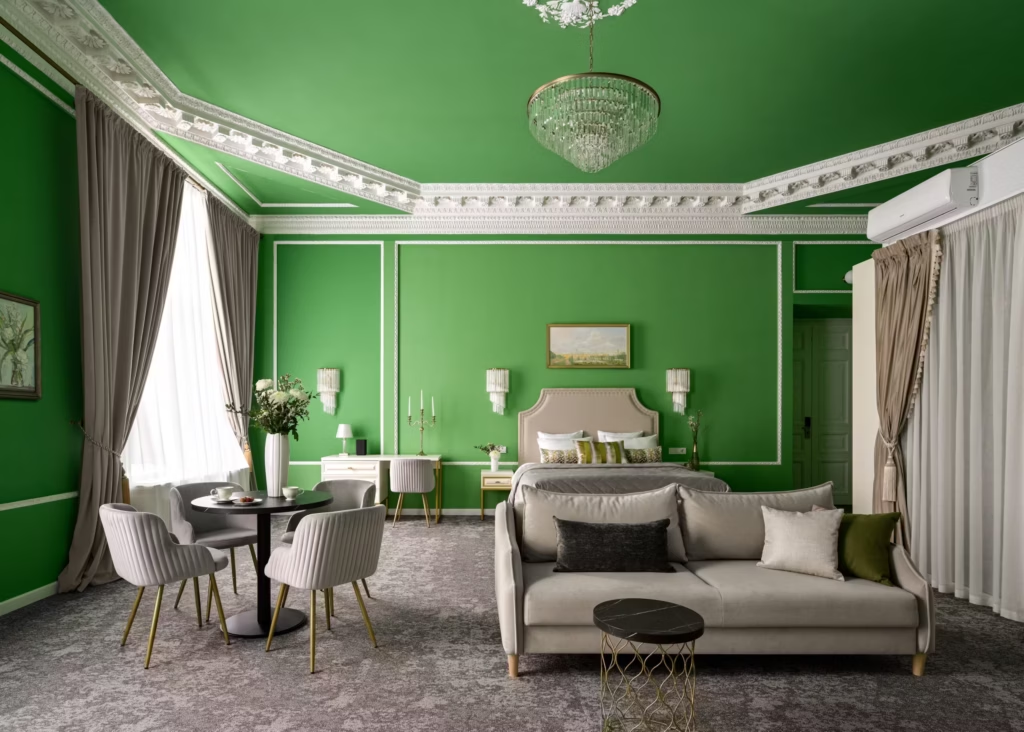
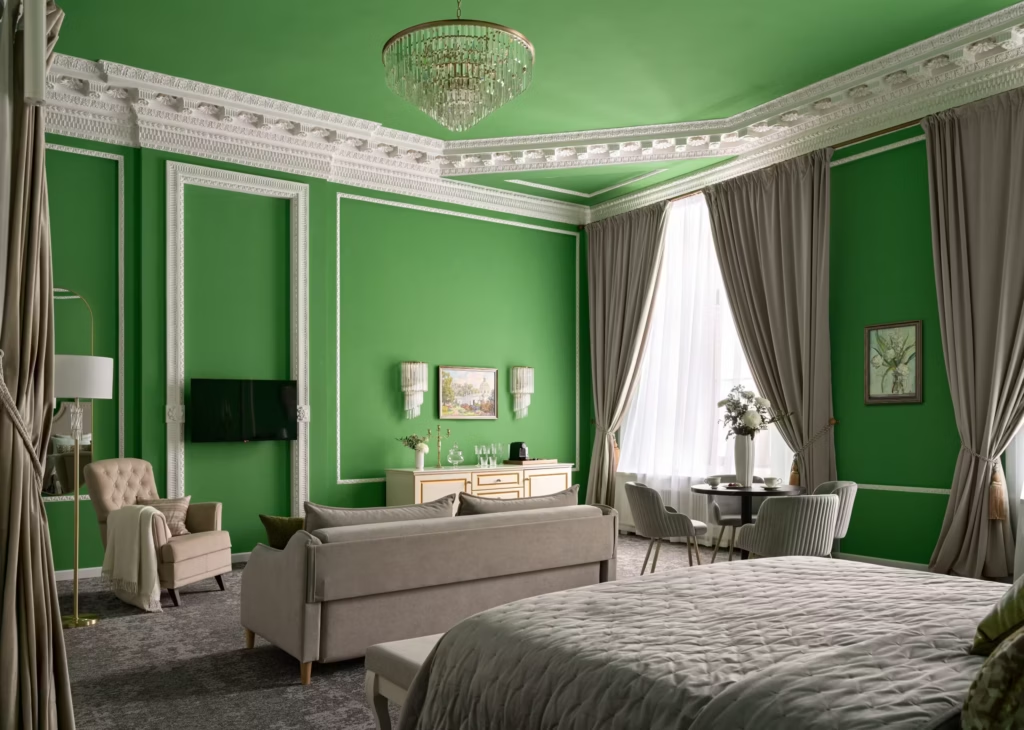
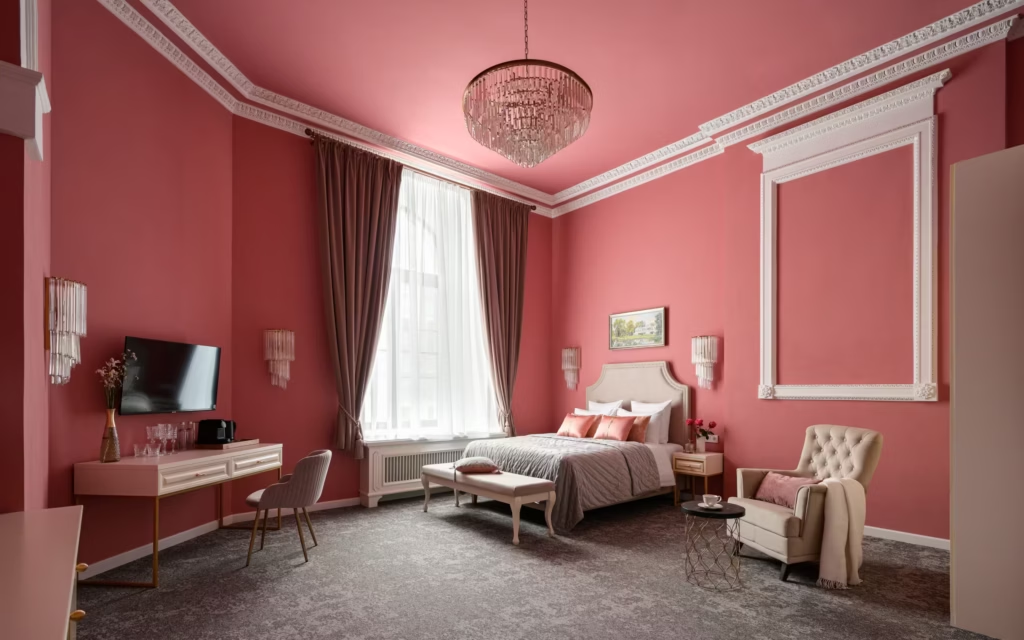
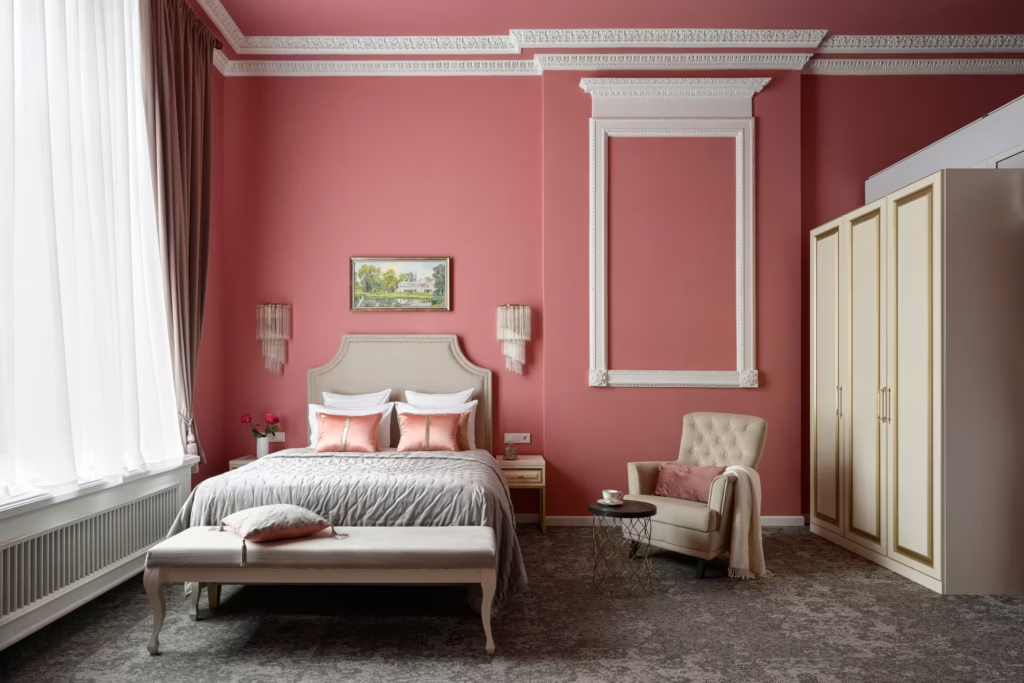
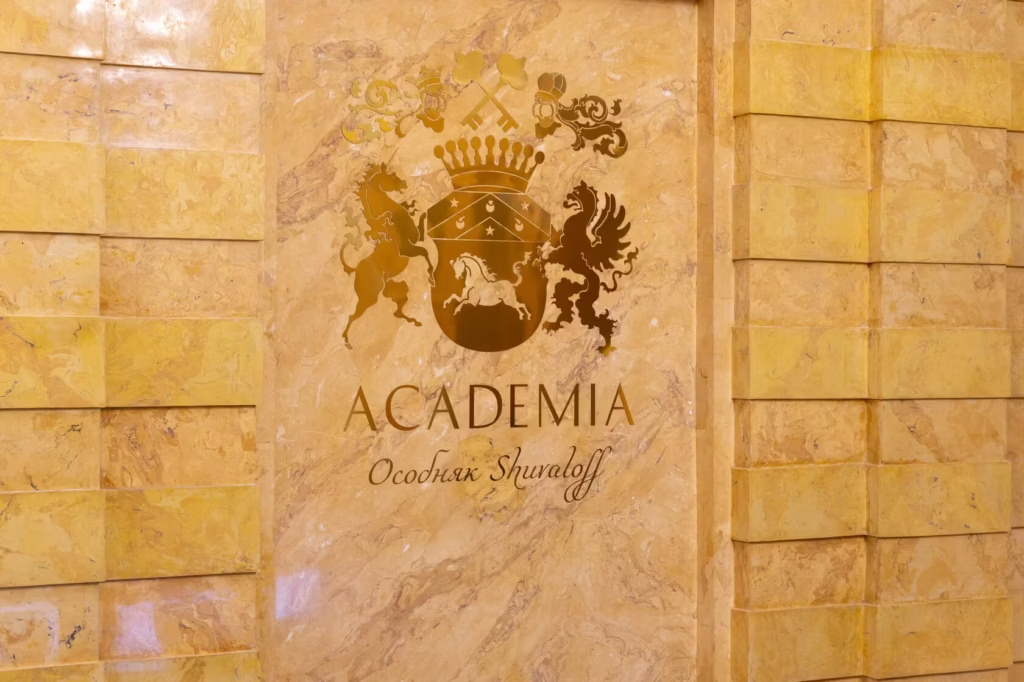
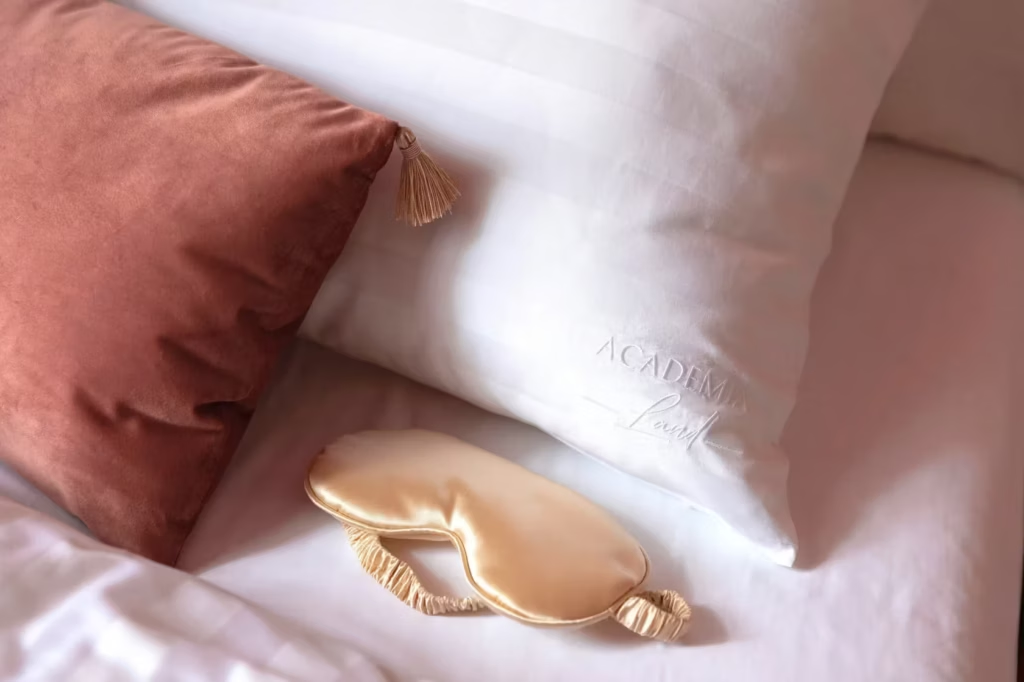
History of the mansion on Mokhovaya Street, 10
The house has seen many updates. It was given as a gift, inherited and sold. In the possession of Count Andrei Pavlovich Shuvalov the mansion came into possession in 1854, when it was a two-story building with a stone lower floor and a wooden upper floor. Apparently, Shuvalov did not like the modest appearance, and therefore the count invited the military engineer G. E. Pauker. He designed a proportional three-storey house with a front entrance in the center and the family coat of arms in the upper part of the facade. Entry to the property was through a wrought iron gate crowned with a count’s crown.
1858 the facade was changed again: there were new openwork gates and a metal canopy over the front entrance, the window openings of the third floor were enlarged. The project belonged to the academician of architecture L.P. Ferrazini.
In the house on Mokhovaya Count lived the last years of his life, and June 11, 1912 the mansion passed to his daughter, Elizabeth Andreevna Vorontsova-Dashkova. The owners partially used the house as an income house. At one time the composer and musicologist B. V. Asafiev, who lived in the mansion from 1909 to 1917, rented an apartment here. At that time he served in the Mariinsky Theater. The front rooms of the second and part of the third floor were always occupied by the landlords. Subsequently, they were Elizabeth’s sons: first Alexander, then Hilarion and his family.
In 1913, a faulty chimney of the marble fireplace caused the beams in the third floor room to catch fire. After the fire, the Vorontsov-Dashkovs needed to repair and restore the decoration, so they invited I. A. Fomin, one of the most prominent masters of neoclassicism. The architect redecorated the halls and created interiors in neoclassical style.
In the book «I. A. Fomin» famous St. Petersburg researcher of the architect’s work, V. G. Lisovsky, wrote: «The interiors of the house on Mokhovaya, 10 can be considered one of the best works of Fomin 1910-ies. Of greatest interest is the richly decorated room of the first floor ACADEMIA BAR. One wall of the room is designed as a monumental four-column Ionic portico. Between the columns there is a niche covered with a coffered arch. The plafond of the study is excellent: the oval decorated dome is decorated with alternating trapezoidal and rhombic caissons filled with rosettes of unusually fine work. Such subtlety of moldings — a characteristic feature of most of the decorative compositions of Fomin».
The Vorontsov-Dashkovs left Russia in 1919, and House No. 10 was empty for a long time. During the years of the blockade of Leningrad the mansion was badly damaged by shelling, and on November 14, 1941 it was hit by a high-explosive bomb. The building collapsed inside the courtyard and on the facade side, the bomb shelter collapsed and the water supply system was destroyed. 45 people were injured and 30 were killed.
After World War II, the mansion was in more than deplorable condition: the walls on the first floor were destroyed, glass was broken, window frames were destroyed, and the front facade was lost. Indifferent people tried to repair it, but the house had no permanent owner.
We sincerely believe that Count Shuvalov and his family would be happy to have their memory preserved within the walls of our hotel. Thank you for your interest in the mansion. We hope that your time spent here will bring you truly unforgettable impressions. And if you have any questions or need assistance, we are always ready to help.
Regards,
Academia boutique hotel chain team